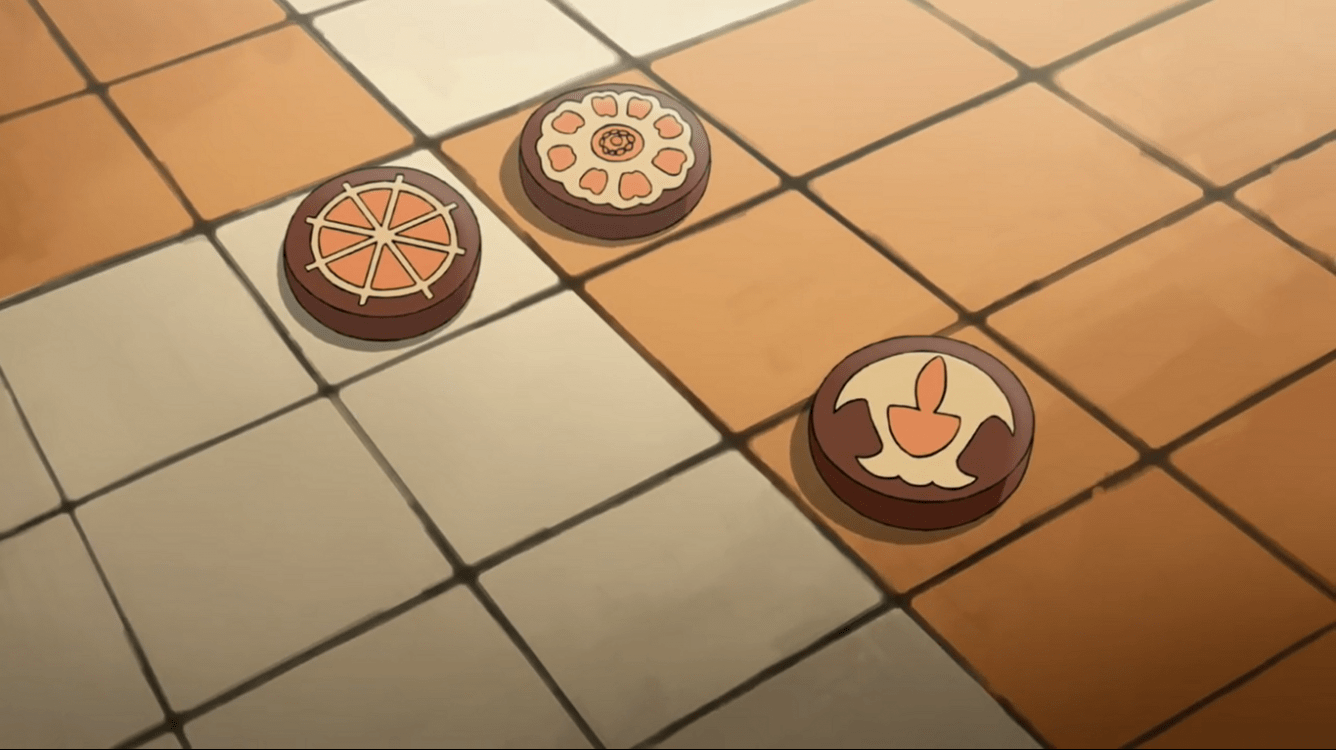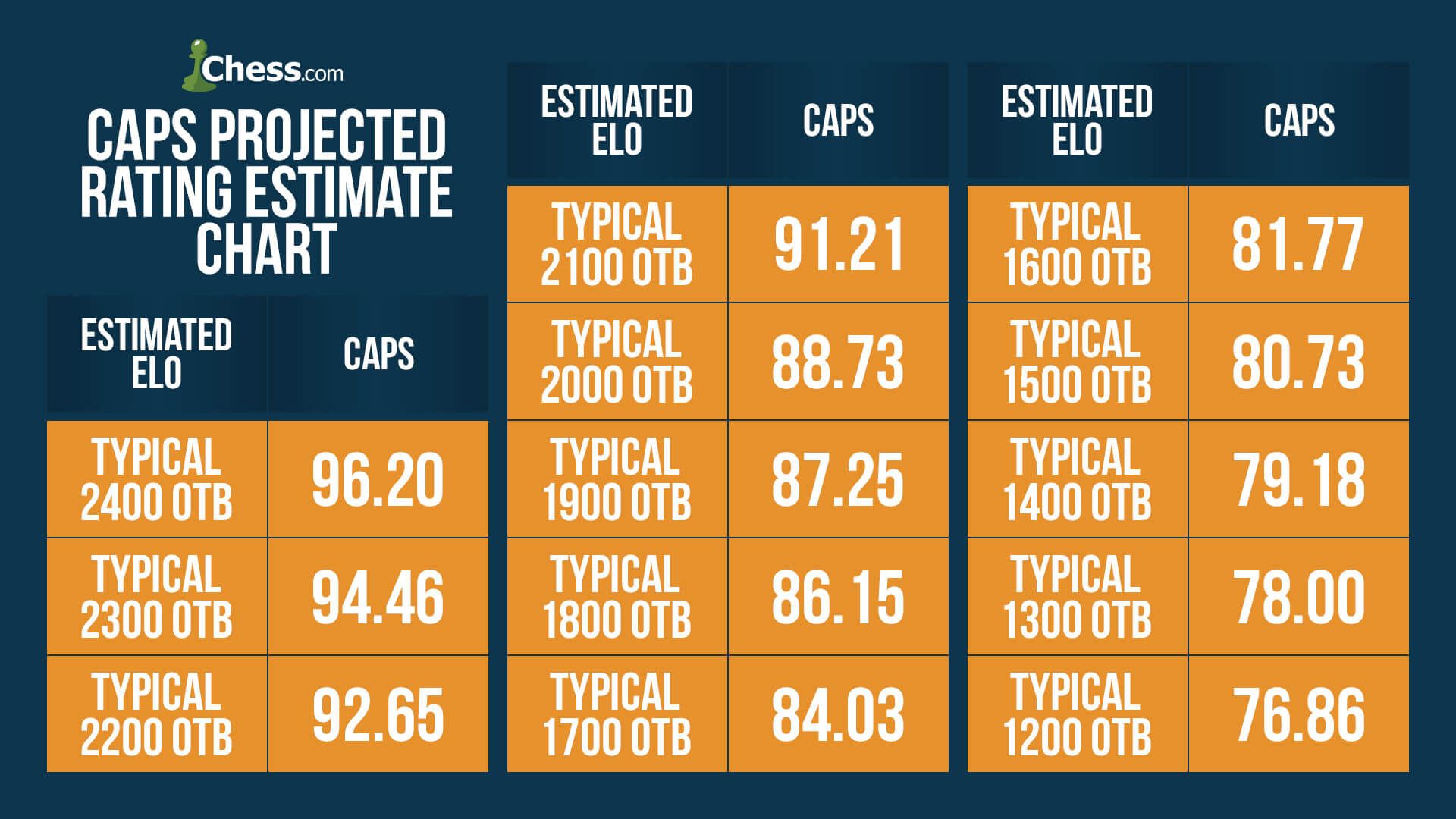
Fight Goes On Even After Getting A Piece Up
New practice: I'll start posting CAPS scores on every game I play and blog about.
In both of the last two games I played at the Slow Chess League, I got a piece up quite early in the game. But although I carried the material advantage over into a conclusion fairly smoothly and quickly in the first game, in the second one I had to be very careful about some of the decisions I made, and I wasn't entirely successful. Here are the games, annotated for your viewing pleasure and my analysis practice ![]() .
.

The second game was a lot more difficult:
Some further notes & lessons to take away:
What is most important to me about these two games is that I feel that my style is changing. I used to back off from tactical skirmishes too often, and have had difficulty maintaining the tension. In both of these games, with the exception of the timid opening move d6 in game 1, I have gone for active, tricky, sharp lines and combinations almost whenever possible. I'm happy about this. Trying to cultivate a positional, quiet, defensive style a la Karpov, Capablanca and Kramnik (although perhaps the latter has shifted towards a more aggressive style recently) in the long run is certainly not equivalent to being in want of fighting spirit, and should not cause me to tuck myself into a corner. I should be trying to make full use of all the tactical training I've been doing for years when the chance presents itself.
(Side note: Perhaps one day I'll write a long post dedicated to the matter of styles, but I'll say this much now: What I'm trying to adopt exactly from the style of these players are the opening choices; 'simple', logical, principled play; and having a propensity for not shying away from long battles, or, in other words, for going into endgames when they are advantageous, even if requiring some arduous work. To reiterate, it is not a lack of ambitious, fighting, active play that defines the style of these players.)
This change doesn't come without a price though: On the first game, trying to get tactical for the sake of getting tactical with 17...Qd8 was not the best choice, and could have backfired had my opponent not made the piece-dropping mistake. I should have stuck to principled play (a la Karpov, Capablanca and Kramnik!) and simply developed my rook with Rfd8. I need to possess more balance in deciding whether and when to try to throw the game out of balance!
Another lesson: Being up in material does not make it OK to trade down anywhen anyhow. In the second game I could have made my life a lot harder for not realizing that in that specific position, trading down would be better for my opponent. Sometimes you go through a long sequence of moves in your head but don't "stop" to realize that in the end, what basically has happened is that you have indirectly exchanged two pieces that have not in actuality come into contact with each other, like the black knight on h4 and the white knight on d6.
I hope you enjoyed and perhaps learned something from the games and the analysis. I tried to keep it fun and simple but still instructive. I appreciate feedback, so feel welcome to drop a comment. Until next time, good chess, everybody!